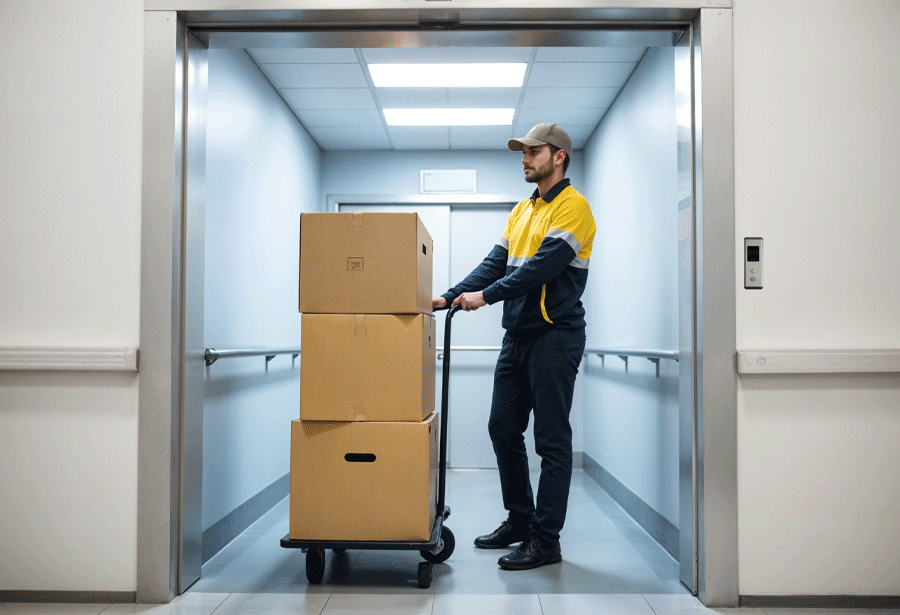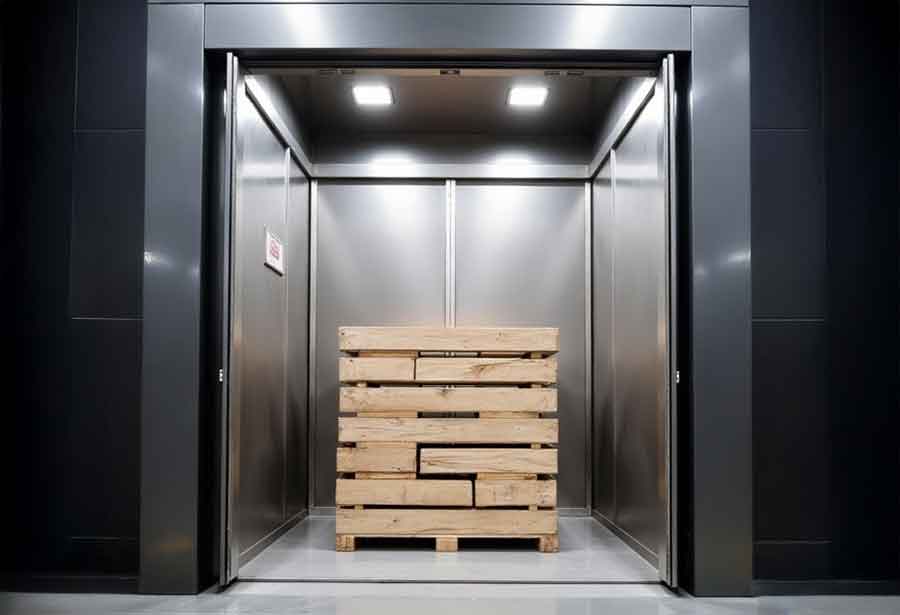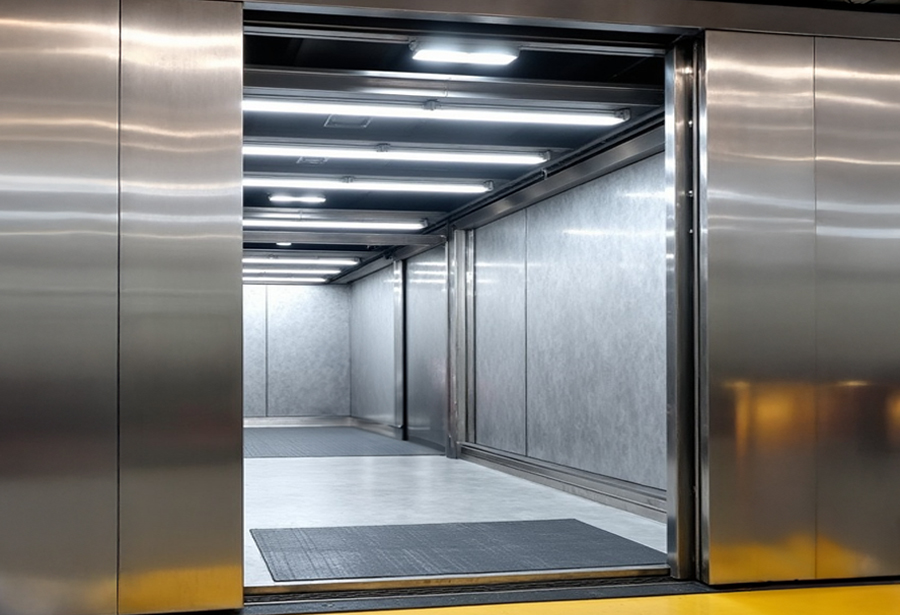Let’s Start Work
Together
Please feel free to contact us. We will get back to you as soon as possible. Or just call us now.
Freight Elevator – Heavy Duty Lifting for Industrial and Commercial Needs
Freight elevators are essential for efficient cargo transportation in warehouses, factories, shopping malls, hospitals, and distribution centers. Unlike standard passenger lifts, freight elevators are built to handle heavy loads, oversized goods, and high-traffic operations. At Isuzu Elevator, we provide durable and high-performance freight elevators that ensure smooth, safe, and energy-efficient cargo movement with advanced technology and superior safety features.

Freight Elevators with High Load Capacity
A freight elevator is designed to transport heavy goods with ease, offering high load capacity and durable construction. Our freight elevators support 1,000 kg to over 5,000 kg, ensuring that warehouses, factories, and industrial facilities can move bulky materials, machinery, and inventory effortlessly. Constructed with reinforced steel walls, impact-resistant flooring, and heavy-duty doors, our freight elevators guarantee long-lasting performance even under extreme usage.
Freight Elevators for Safe Cargo Handling
Freight elevators require advanced safety features to prevent accidents and damage. Our freight elevators include overload sensors, emergency braking systems, interlocking safety doors, and anti-slip flooring to ensure safe and reliable cargo transportation. Additionally, freight elevators come with backup power systems, ensuring continued operation during power failures.

Freight Elevators for Different Industries
We offer custom freight elevators tailored to various industries, including:
-
Freight Elevators for Warehouses & Factories – Designed to handle heavy-duty cargo, raw materials, and industrial goods.
-
Freight Elevators for Shopping Malls & Retail Centers – Smooth transportation of stock, merchandise, and bulky inventory.
-
Freight Elevators for Hospitals & Laboratories – Hygienic and safe transport of medical supplies, equipment, and stretchers.
-
Freight Elevators for Logistics & Distribution Centers – Ideal for large-scale cargo movement and multi-level storage facilities.

Why Choose Isuzu Elevator for Freight Elevators?
-
Freight Elevators with High Load Capacity – Designed for heavy-duty cargo movement.
-
Freight Elevators with Advanced Safety Features – Equipped with emergency stop, overload sensors, and reinforced doors.
-
Freight Elevators with Energy Efficiency – Low-power motors, regenerative braking, and eco-friendly technology.
-
Custom Freight Elevators for Every Industry – Tailored solutions for warehouses, hospitals, malls, and factories.
-
Freight Elevator Installation & Maintenance Support – Full-service solutions from installation to long-term maintenance.
Get the Best Freight Elevator for Your Business
Upgrade your warehouse, factory, hospital, or shopping mall with a high-performance freight elevator from Isuzu Elevator. Our custom freight elevator solutions are designed to maximize efficiency, safety, and durability. Contact us today for a free consultation and a custom freight elevator quote!
Frequently Asked Questions (FAQs)
A freight elevator is a heavy-duty lift designed to transport cargo, equipment, and large goods between floors, commonly used in warehouses, factories, malls, and hospitals.
Unlike passenger elevators, freight elevators are built to carry heavy loads, have reinforced cabins, wider doors, and higher weight capacity, and may allow manual or forklift loading.
Freight elevators are commonly used in warehouses, factories, shopping malls, logistics centers, hospitals, and commercial buildings to transport goods efficiently.
The weight capacity varies but typically ranges from 1,000 kg (2,200 lbs) to over 5,000 kg (11,000 lbs), depending on the model and building requirements.
Common types include hydraulic freight elevators (ideal for low-rise buildings), traction freight elevators (for mid-to-high-rise buildings), and industrial heavy-duty elevators (for oversized cargo).
Some freight elevators need a separate machine room, but Machine Room-Less (MRL) freight elevators are available for space-saving installations.
Freight elevators include overload protection, emergency stop systems, interlocking doors, non-slip flooring, backup power, and anti-rollback brakes for safe cargo transport.
Regular monthly or quarterly maintenance is recommended to inspect motors, safety brakes, control panels, and load-bearing components for smooth and safe operation.
Some freight elevators are designed for goods only, while others (Class C1 or C2 freight lifts) allow accompanied transport, meaning trained personnel can ride with the cargo.
Installation typically takes 4-12 weeks, depending on the building structure, elevator model, and customization requirements.
